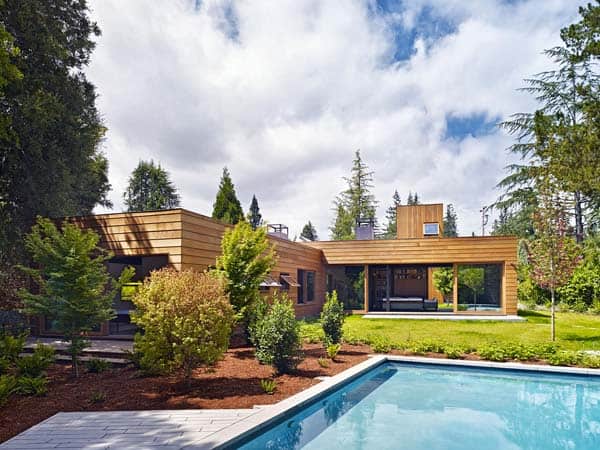
Low/Rise House has been designed by Spiegel Aihara Workshop, located in on a half acre lot in the heart of Silicon Valley, in the affluent town of Menlo Park, in the San Francisco Bay Area of California. The house re-imagines the suburban housing type through interlocking bars of shared and private program. The composition re-appropriates the traditional forms of the California ranch house and farm tower as tools of environmental performance and social interaction, deployed to create variable density, natural ventilation, solar energy generation, day-lighting, and immersion into the site.
The clients, two professors with grown children, sought a house that could accommodate varying use patterns, creating an intimate environment for their own use as a couple, yet allowing for a spacious and integrated configuration for ten or more family members, and several hundred party guests. This complex programmatic request inspires the specific massing and siting of the building.
The first floor consists of two long and narrow structures that intersect in an open kitchen, providing distinct programmatic areas and settling into the tree-lined landscape, allowing yards to surround and permeate each room. Subtle rotations of the geometry assist in way-finding, as well as identification of the more public and more private functions. The private master suite opens into a fern garden in the eastern corner of the site, while large sliding glass doors suspend the living room within the landscape for family gatherings or larger events.
A compact and vertical guest tower is sited at the western corner of the lot amongst tall evergreens, allowing for a more private guest experience, more compact floor plan, and the ability to effectively shut off (socially and energy-wise) the guest spaces zone by zone during typical daily use. Atop the 30-foot tower, a roof deck emerges through the trees, providing a unique vantage point of the structure below and the surrounding townscape.
This spatial efficiency also provides increased energy efficiency. The high density of the guest spaces allows for stacked building systems that reduce resource consumption, while a hidden solar array over the horizontal spaces produces over 90% of the electrical demand of the house. Combined with the insulated glazing, radiant floor heat, passive cooling, and resilient natural materials, the house prioritizes sustainability in terms of both resources and living patterns.
Through an integral relationship between use, form, and material, the Low/Rise House responds sensitively to site, nature, and neighborhood, creating a new type of suburban living – both urban and rural.
This new house in Coogee in Sydney’s Eastern Suburbs is structured around a water feature and double height dining space, making the most of this tight suburban site. Generosity of space is provided through the double height volume, allowing other secondary spaces to be more modest and intimate. The stair is a major element in the house and is designed to be a prominent architectural element, whilst still providing an intimate experience on the stair within the larger space.
The house employs timber extensively in framing, cladding, flooring and ceilings, adding a richness to the spaces and warmth, particularly in the upper levels where occupants are closest to theclear finished timber ceiling. A carefully detailed glass roofed pergola forms the major outdoor space – a space that has proved to be a true living space in itself, adding significantly to the size of the house.
– See more at: http://www.tkda.com.au/projects/coogee-house/#sthash.lJ3k1e0q.dpuf

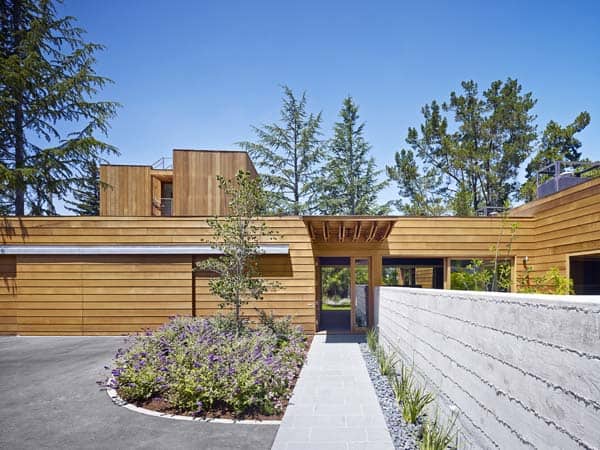
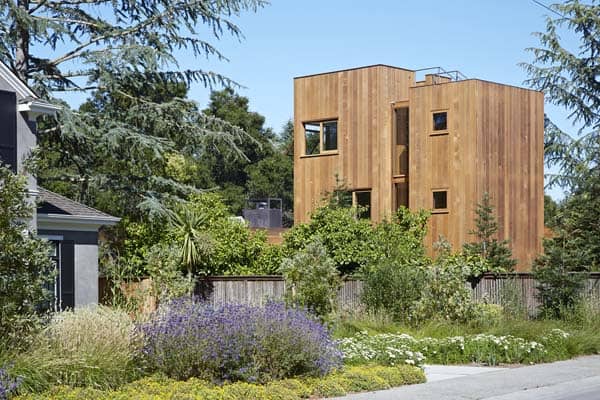
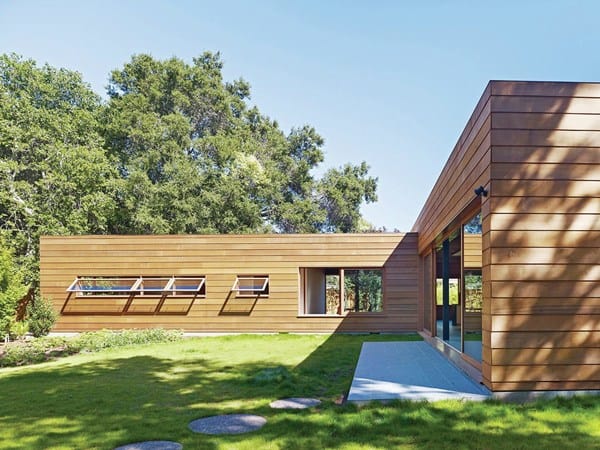
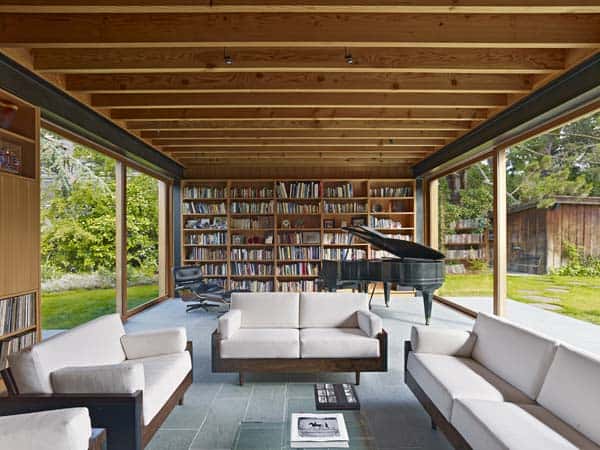
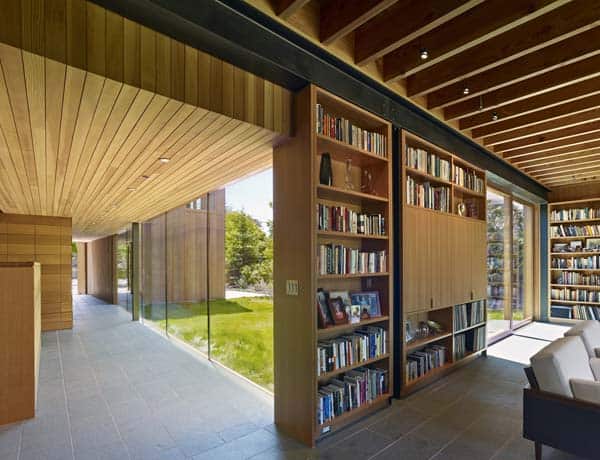
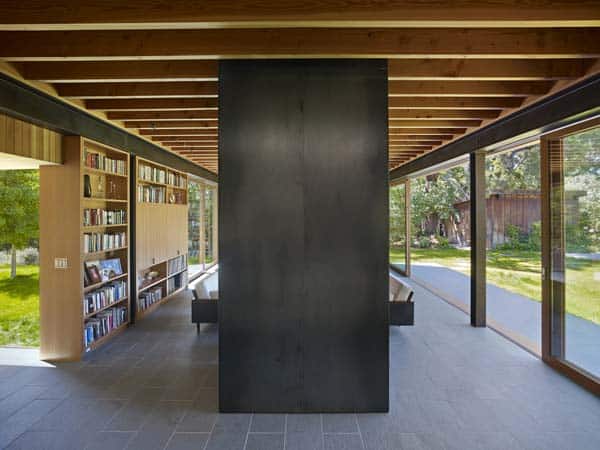
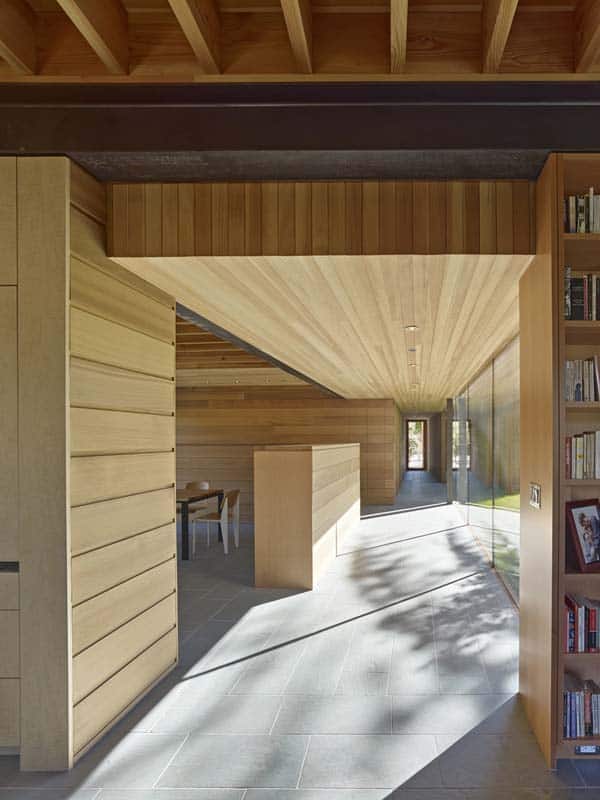
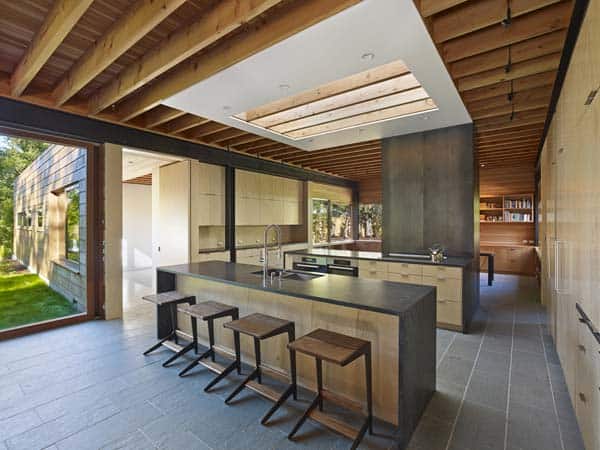
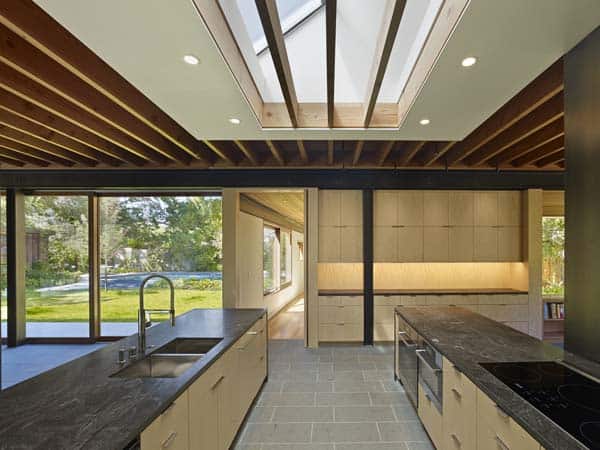
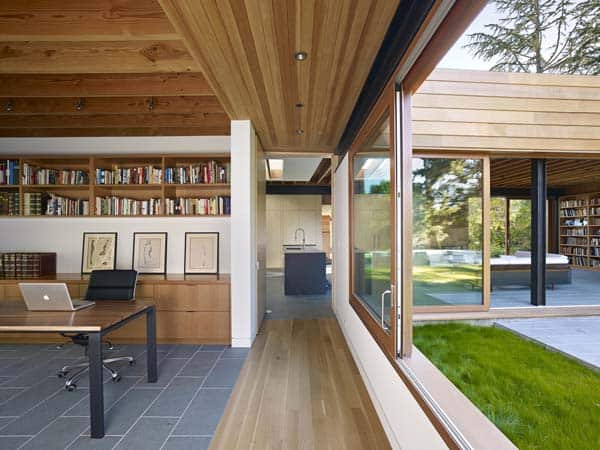
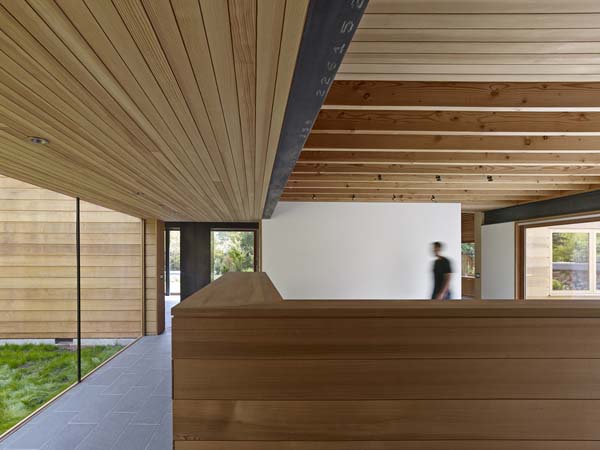
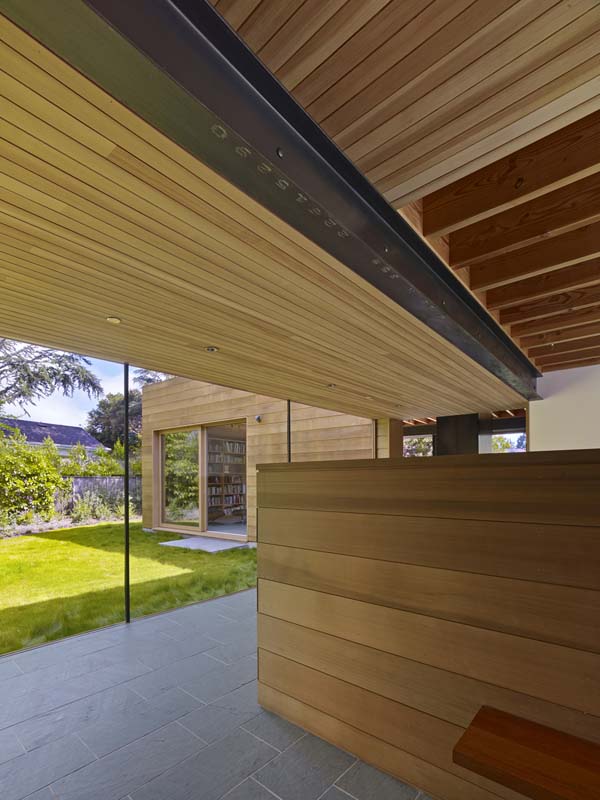
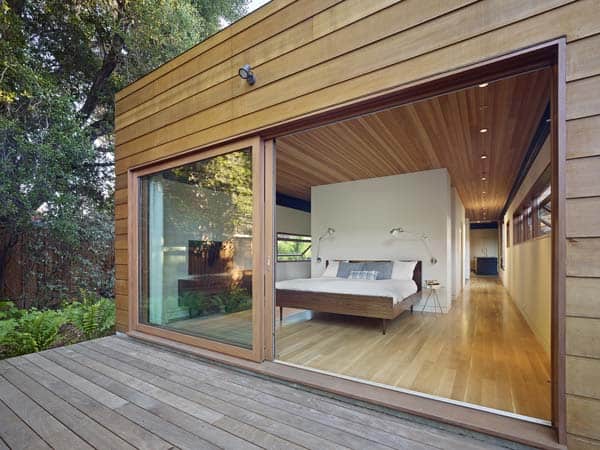
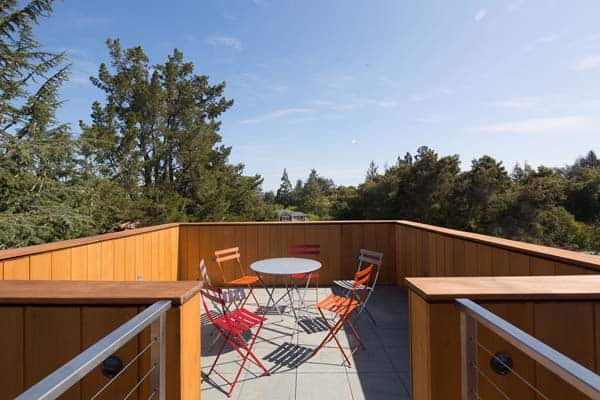
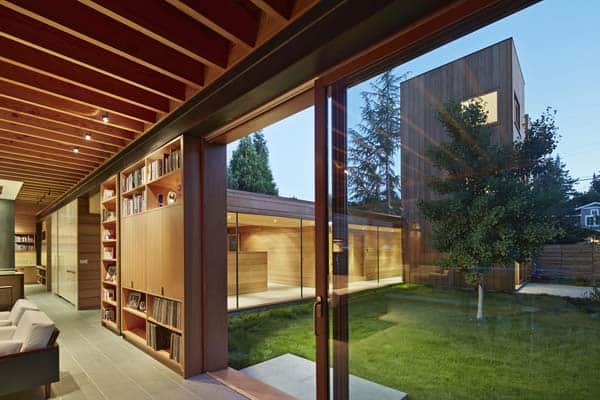
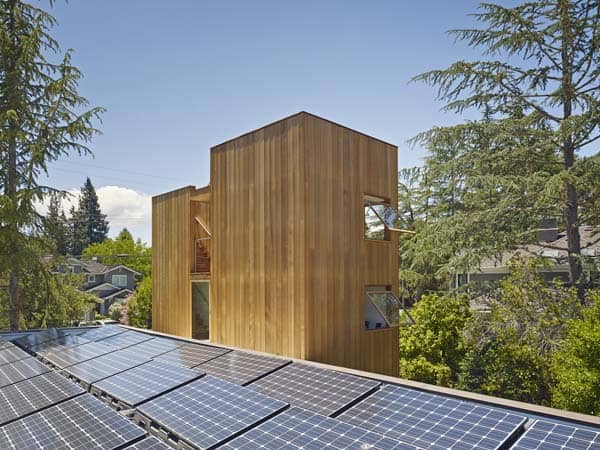
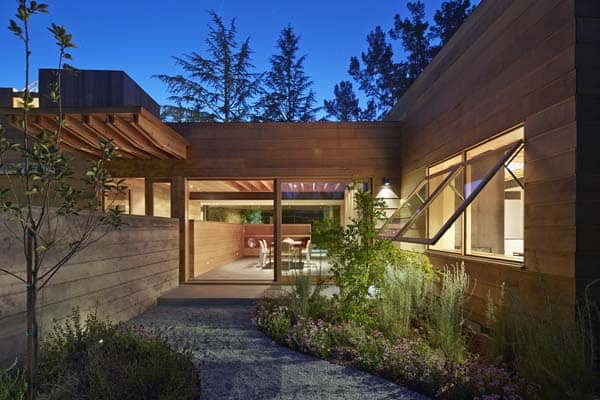
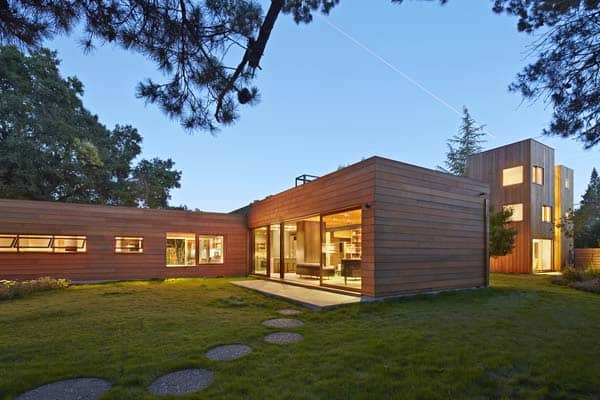
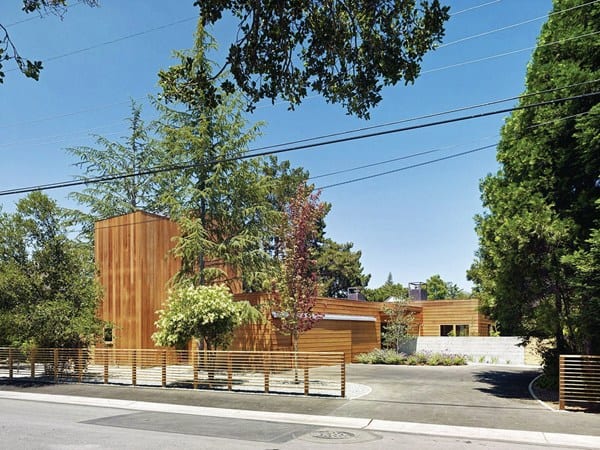

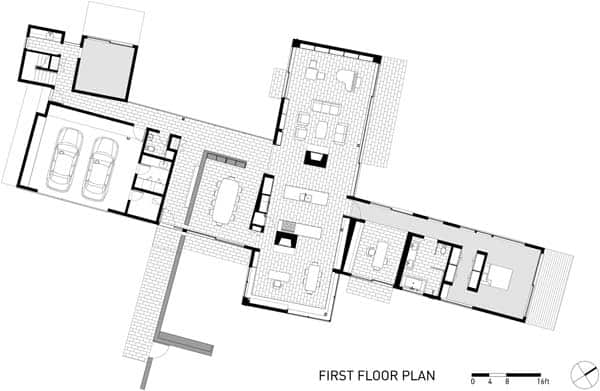
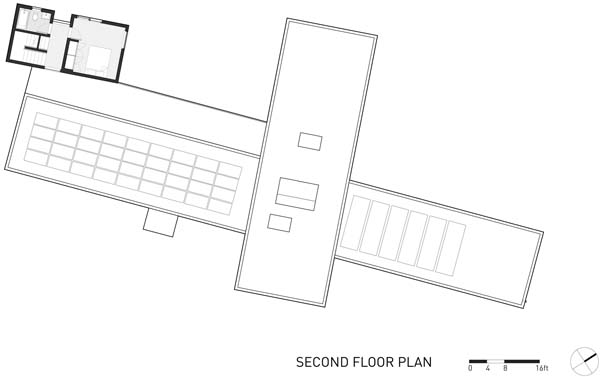
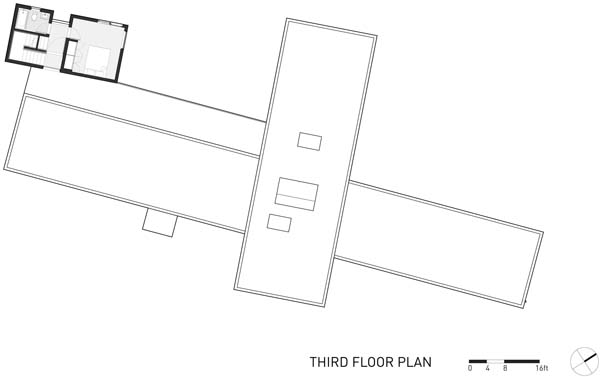
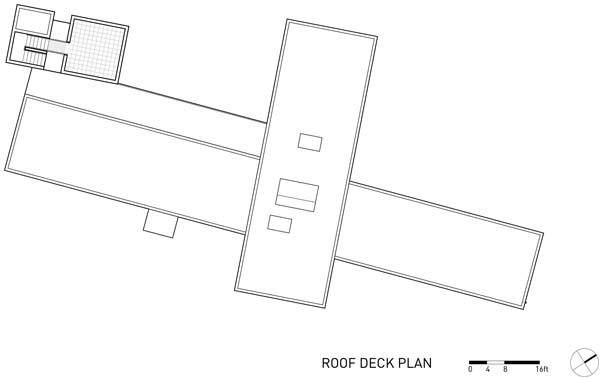
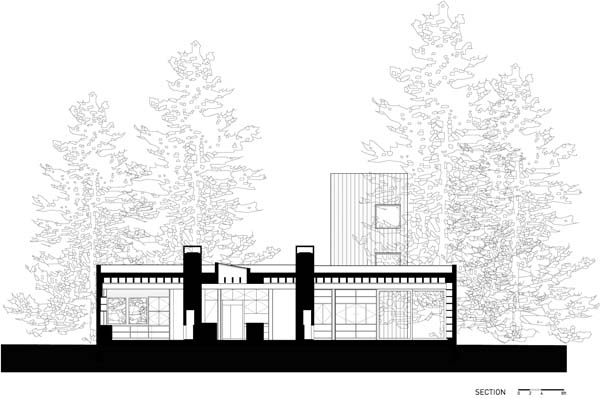
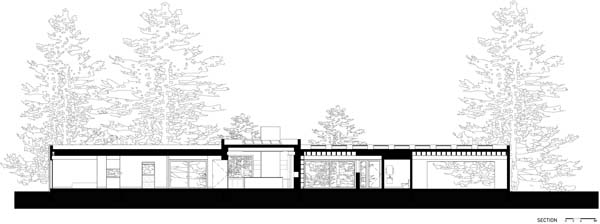

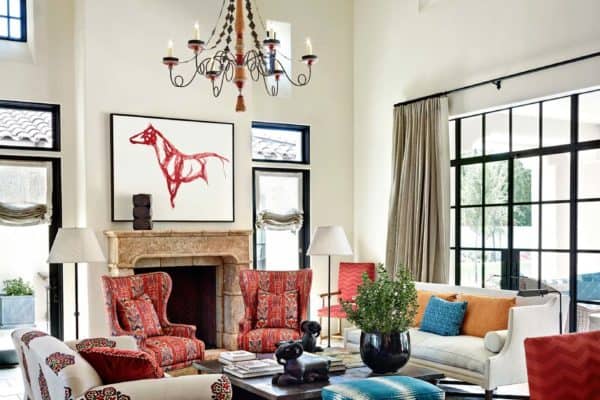

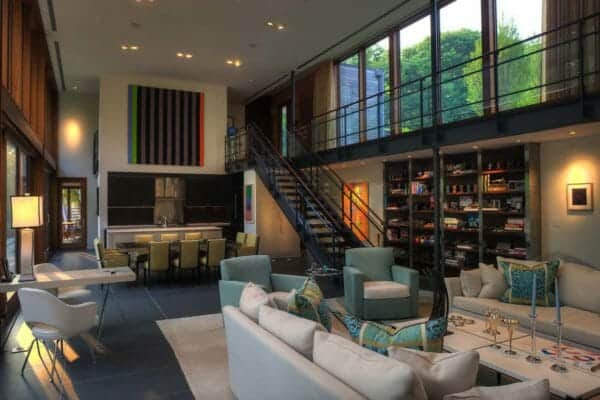
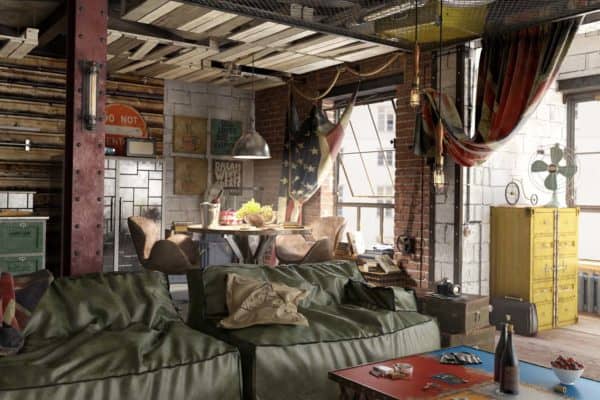
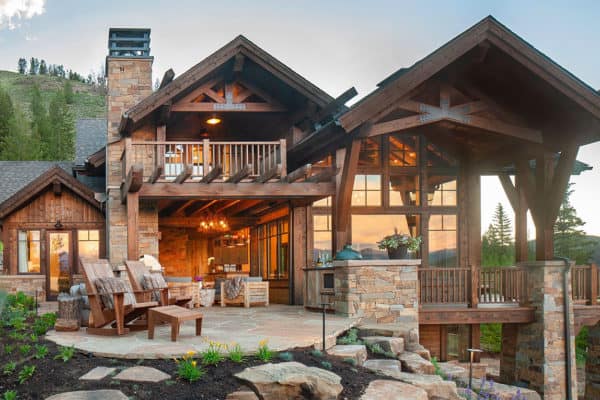

0 comments